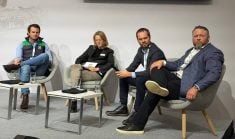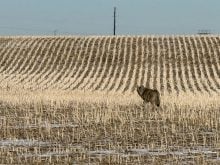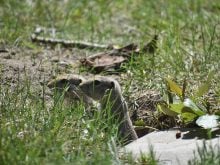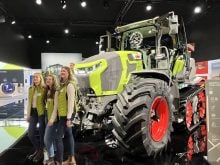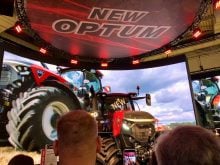The Australian company that recently sold two cloned dairy bull calves
to China won’t be selling clones to Canada anytime soon.
Warwick Ashby, chief executive officer of RAB Australia Animal Genetics
in Albury, New South Wales, which cloned and sold the calves, said
consumers in Australia, Europe and North America aren’t ready for
cloned animals yet.
“The jury is still out on cloning in those markets. But in Asia, there
isn’t the same controversy about cloning, so we will be providing
Read Also
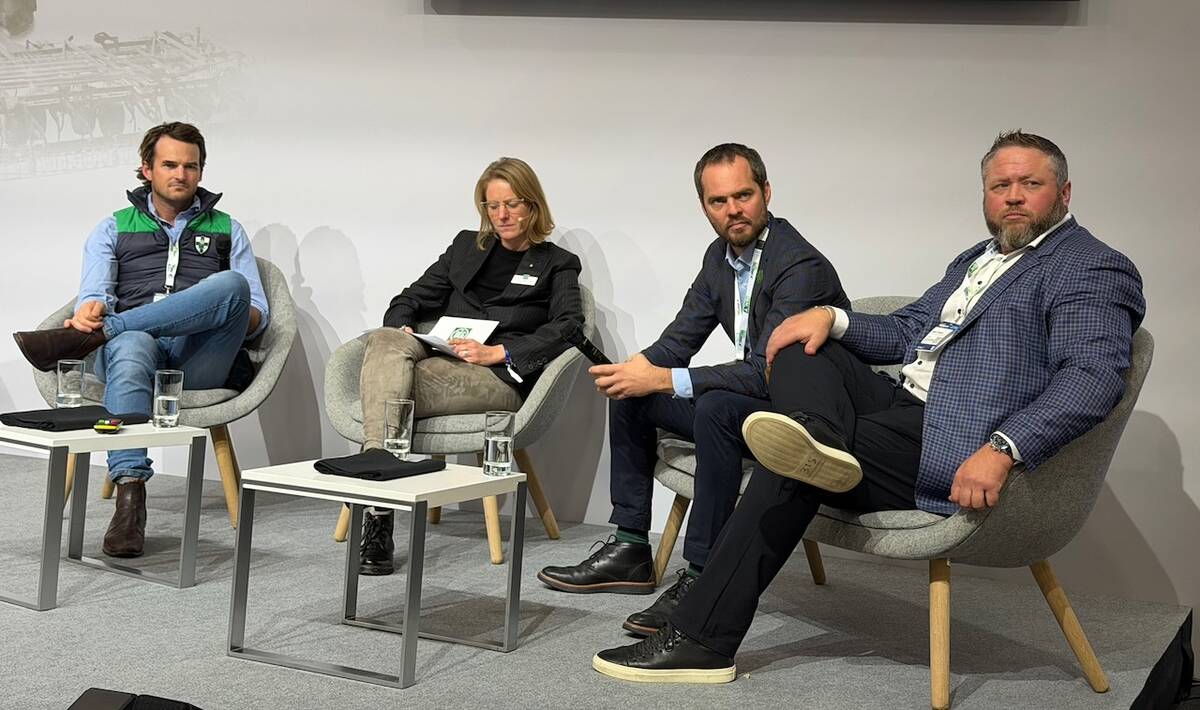
Agritechnica Day 2: The future of tractor power, building quicker crop apps and large farms and tech
Agritechnica Day 2: The future of tractor power, building quicker crop apps with Syngenta and large farms and tech
genetics to those countries for a start.”
Canada has long been a market for RAB dairy genetics, and Ashby said he
sees a future for his company’s cloning services in Canada.
“The beef industry focuses on the cows. Reproducing those female lines
is a real challenge for beef producers and we could potentially
reproduce the best of Western Canada’s cows on a fee for service basis.”
He said he hopes to soon offer a service to Canadian producers that
would ship cell tissue from the ears of Canadian cattle to Australia,
where it would be cloned and returned as embryos for implantation in
Canadian cows.
“We could also store the genetics for them and reproduce the animals
any time the producer needs,” Ashby said.
“The big hurdle we need to overcome in Europe (and North America) is
the idea that there is no genetic modification going on here. We are
just making more of the same animals,” he said.
“Disasters like foot-and-mouth show there is a need for … a plan like
this. Farmers could rebuild more quickly and with the best stock. But
Europe isn’t welcoming us just yet.”
Ashby’s company was part of a project to create Alpha and Beta, dairy
Holstein bull calves that are exact duplicates of Australia’s most
popular dairy bull, Donor.
RAB recently sold them to China for $400,000 Cdn each.
They are the world’s first livestock clones to be developed and sold
for commercial use.
While there is no perfect animal, producers worldwide pay significant
premiums for the best bloodlines. However, when an animal dies, so too
does its ability to reproduce. Some semen or embryos may live on in the
cryogenic fridge, but when those remnants of genetic material are used
up, the animal is gone forever.
Ashby says cloning will allow Donor’s genes to continue producing semen
long into the future.
Donor is popular among dairy producers because of its ability to pass
on high milk production genes to offspring. The bull earns RAB about $1
million a year and is estimated to be worth more than $3 million if it
were sold.
“These two calves are quite a bargain for the Chinese, who desperately
need to improve dairy production in that country’s national herd,”
Ashby said.
“And for us, it is a new way of marketing our products and one that
won’t hurt our sales of Donor semen. It is all Donor semen.”
Ashby said his company is selling more than just two calves. The deal
is actually a commercial contract to provide genetics, he added.
“If something happens to one of the calves, we can replace it with an
identical one. If they need more Donor genetics, we can make more Donor
bulls. It is a contract to provide genes, not bulls,” he said.
“It’s kind of like buying a franchise.”
RAB is working with the Melbourne company Clone International, which
purchased the cloning technology from Geron Corp., the company that
created Dolly the sheep at Scotland’s Roslin Institute.
He said RAB’s first markets will be in China, India, Thailand and
Vietnam.
The company plans to sell 40 animals per year beginning next season
from four of the company’s best bulls, guaranteeing supply first to the
company’s regular customers.


